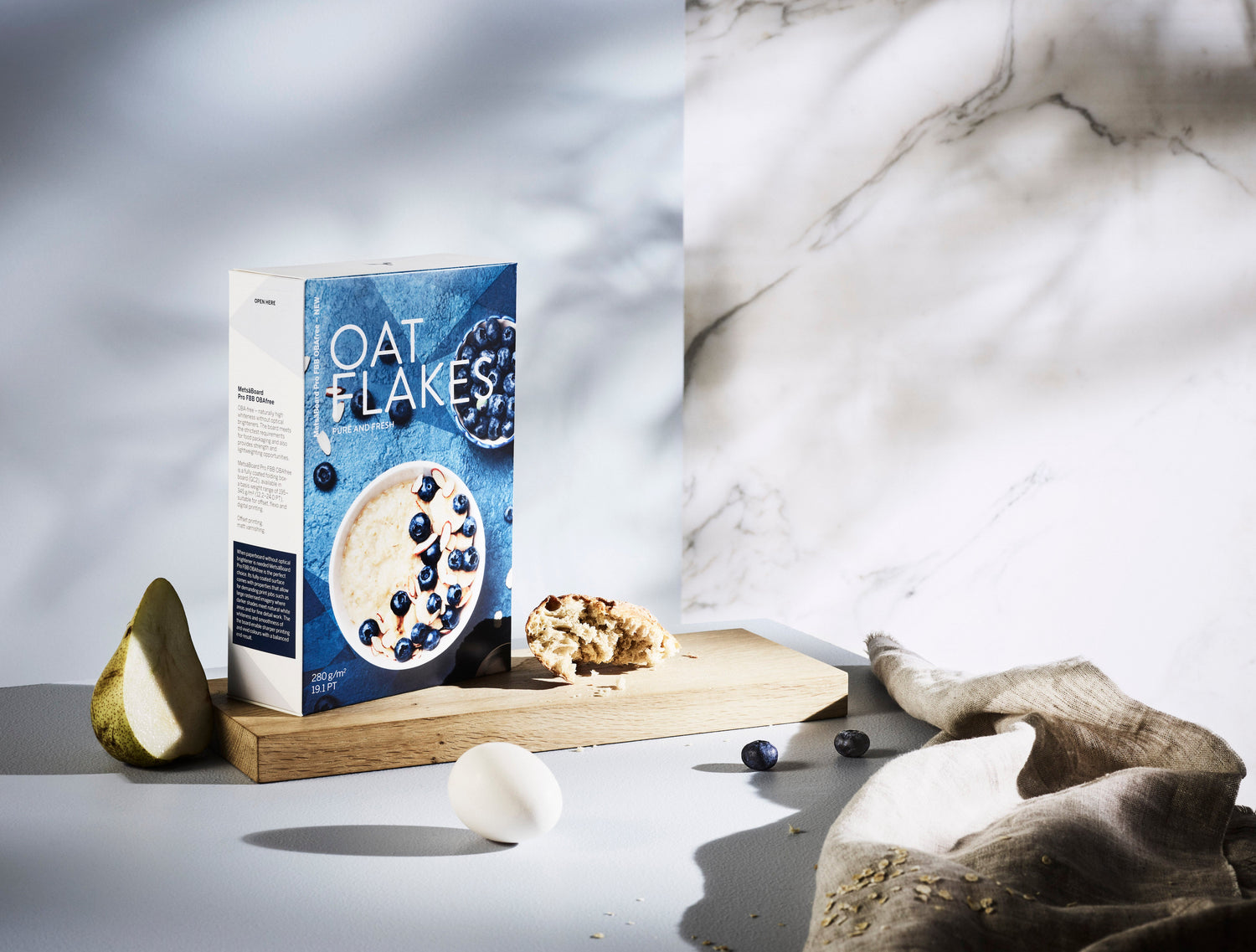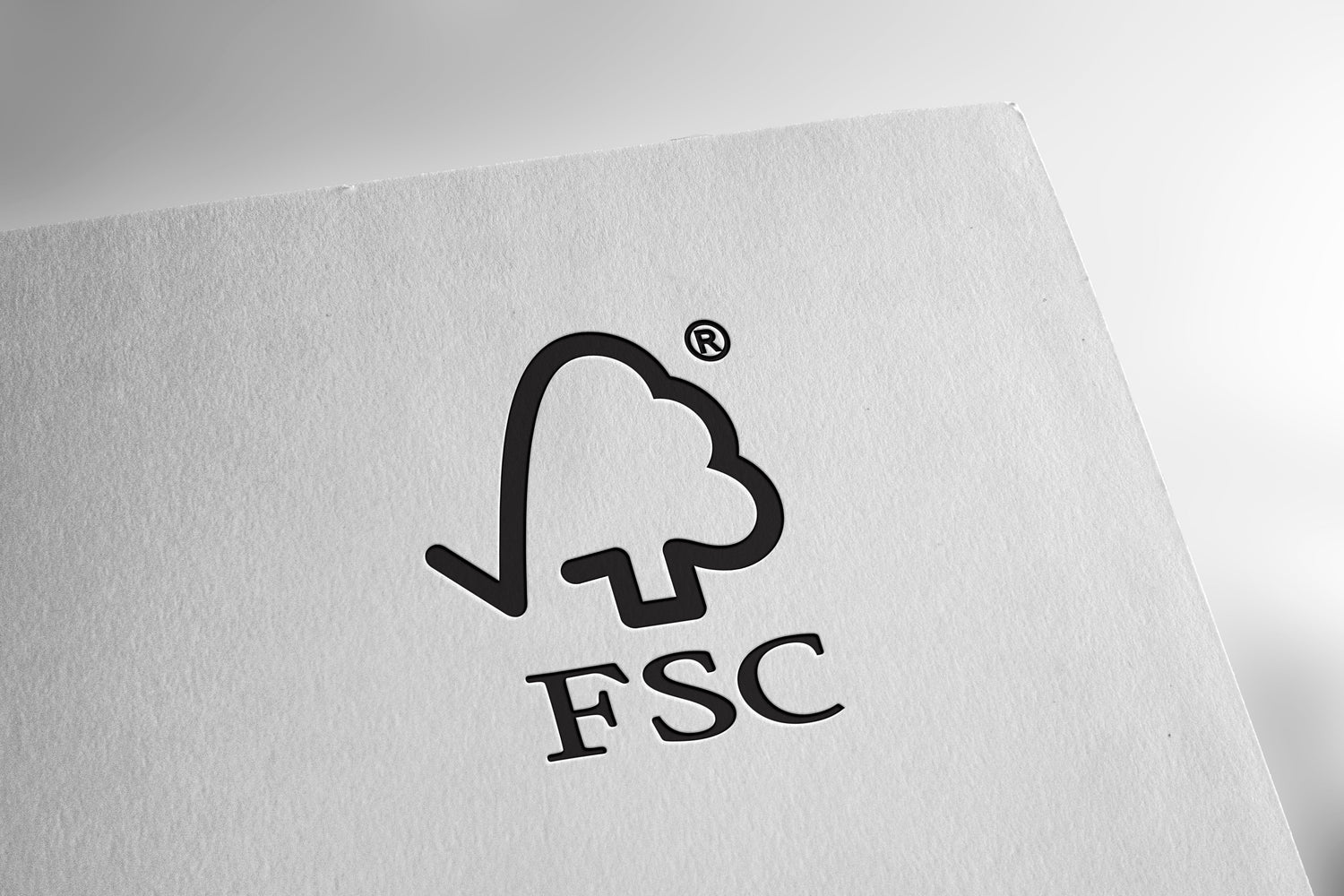our philosophy
Safe, strong, lightweight and traceable fresh fibre is the best choice for direct food contact and other end uses where hygiene and safety are critical, as well as for packaging with demanding printing requirements

the importance of fresh fibre
"Packaging plays an important role in protecting products and consumers. As packaging volumes continue to rise
it is important that we look for new ways to improve its sustainability. Packaging made from fresh wood fibres is a vital contributor to the circular economy, where raw materials are renewable and can be used again.For example, in both the European Union and the United States rates are over 80%, far outstripping those of other packaging materials."

compromise free sustainability
We focus on lightweight and high-quality folding box and food service boards. Together with our customers we develop innovative packaging solutions to create better consumer experiences with less environmental impact.
Frequently asked questions
Why don't we recycle the same fibres again and again?
Fresh wood fibres are pure and strong, making them an excellent material for the circular economy because they can be recycled multiple times. They help to maintain the fibre loop by compensating for the losses caused by papers and boards that cannot be returned back to circulation. These losses can be due to, for example, a lack of correct sorting for recycling, exports to other fibre-scarce markets or contamination or weakening of fibres.
Is the carbon footprint of recycled paper lower?
Two major factors affect the carbon footprint of packaging: weight and the energy used in production. Boards made from recycled fibre are weaker than those made from fresh fibre, so more recycled fibres are needed in order
to manufacture packaging of the same strength, which increases the packaging weight and therefore its carbon footprint.
Another factor affecting the carbon footprint of packaging is the energy type used in board production. Countries like Finland and Sweden produce more fresh fibre paperboards, mainly using renewable energy. In the European countries where recycled boards account for the majority of production, the mills producing these products are traditionally powered by fossil-based energy.
Is recycled packaging good for foodservice applications?
Recycled fibres can contain residues like printing inks, adhesives and lacquers that should not come into direct contact with food because they are harmful to human health.
Food packaging that is made from recycled paperboard typically includes additional material to protect the food from potential contamination. Often this material is plastic, which increases the carbon footprint of the packaging and can make recycling more complicated.





